How to train your dogs around your gardening, by expert trainer Ben Randall
It's the time of year when we're all starting to get out more and more — particularly in the garden. That's an ideal chance to work on your dog's training, as Ben Randall explains.


Now that spring is upon us, with lovely, longer days and lighter mornings, we have more opportunities to do a bit of dog-training and brush up certain aspects of our canine companions’ behaviour.
For instance, if your dog is literally champing at the bit — and jumping up and down in a frenzy — to be let out in the morning, now’s the time to work on his or her composure and manners around the house and garden. Speaking of which, tackling some gardening jobs can be an ideal way of combining some easy dog-training exercises with a bit of planting, sowing or mowing. This was suggested by V.T. from Devon, who has written to us via our paws-for-thought@futurenet.com email address to ask how best to integrate her dogs’ patience-training into her daily gardening routine:
Dear Ben,My husband and I — and our three springer spaniels — live in a pretty thatched cottage, with a delightful garden, that we take real pride in. However, as my husband takes two of our dogs out beating during the shooting season, by the end of the winter, they tend to become a little unruly. They go a bit deaf on walks and are quite selective about coming back when called — especially when there’s something really interesting to sniff or some sheep poo to eat — or are too eager to barge out of the front gate to say a friendly ‘hello’ to the postman, no doubt because he usually gives them all a treat. Is there any way we could incorporate daily gardening chores with a few exercises to improve their manners and recall? — VT, Devon
There are loads of ways that you can use your garden, and any jobs that you need to do, to help to train your dogs. In fact, my BG (Beggarbush) foundation training methods — which I’ve been perfecting for 20 years — are designed around helping busy owners, who often struggle to find enough daytime hours to train their dogs. However, with a little common sense and patience, it’s possible to train your dog to work well in the field, as well as being calm and happy around the house. You can learn more via @beggarbush on Instagram and my dog-training app (this link will let you get a free trial) or ask me your own question by emailing paws-for-thought@futurenet.com.
No one — and least of all me, as these are some of my pet hates — wants to see their dog digging holes in the lawn, charging around the garden, tearing up the grass, pulling up newly-planted bulbs or ripping flowers out of pots or beds, then running amok with them and not coming back when they are called. Neither do I want to see children kicking a ball in the garden, with the family dog frantically chasing it around and barking its head off, as all these behaviours make them overexcited, unruly and, ultimately, uncontrollable.
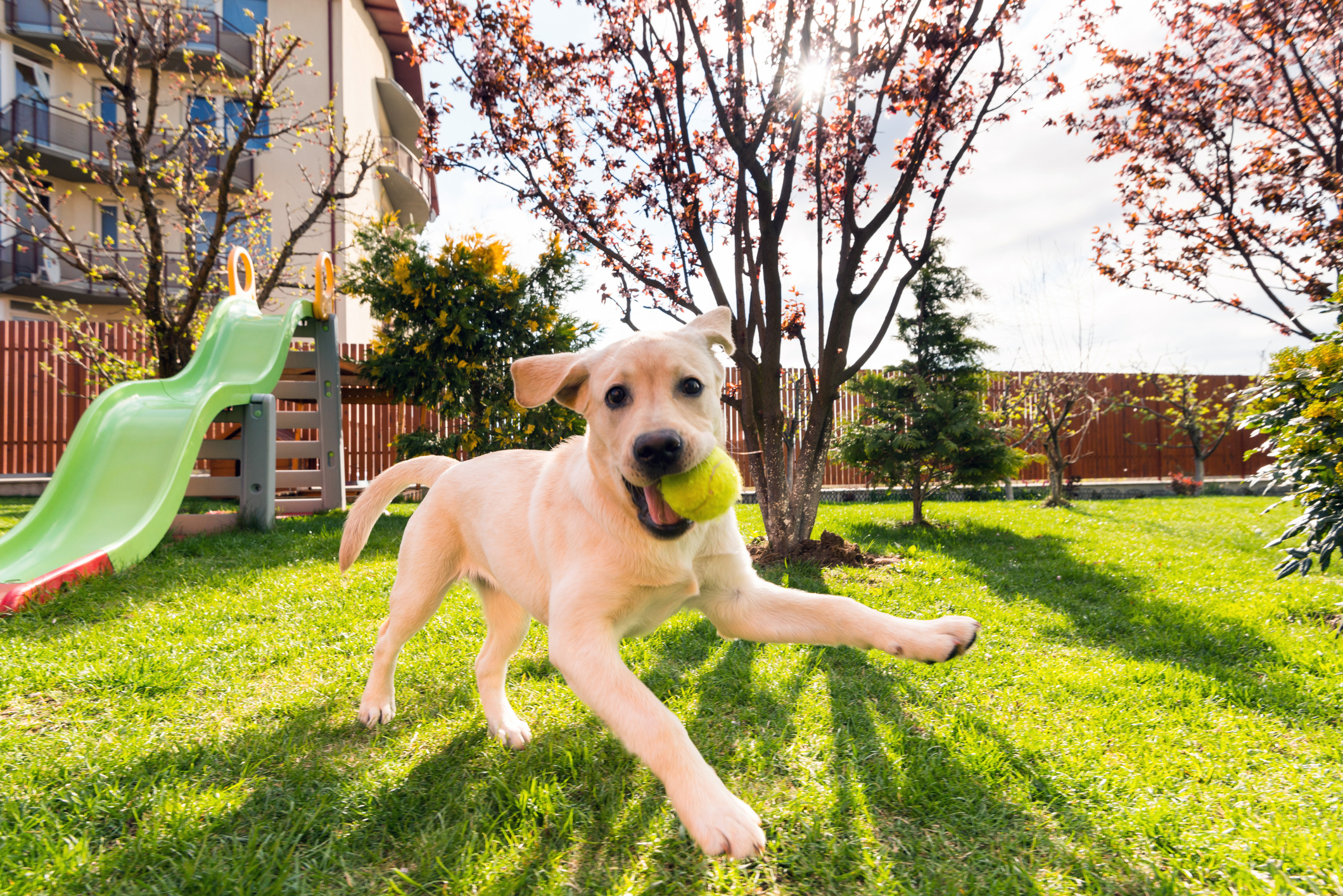
I'm afraid to say that the more you let them behave like this, the worse they will get. But never fear: we can easily rein back your dogs’ rowdiness. Here's how.
Ben’s top five top tips for training around your garden chores:
1. Feed your dogs outside
At this time of year, I always like to feed my dogs outside, as the extra space can help with increasing the difficulty of the same patience and steadiness exercises that we’d do inside the house in the winter months. So, why not ask your dogs to sit on the patio, then place their bowls in front of them on the ground, and ask them to wait whilst you — as you would do indoors — potter around the garden, deadheading, planting, pruning or whatever you need to do. Then, over the course of the next few days, slowly build up the time that you ask them to wait before you release them for the ultimate reward of eating their food.
2. Get them sit and watch while you mow the lawn
Now that we have built up our dogs’ calmness and patience, we can increase the distraction level by, for example, by repeating the same meal-time routine with their bowls, but, this time, sitting them up and asking them to sit calmly while you cut the lawn. This is one of my favourite exercises, as it requires them to stay in one place, as you walk past them in different directions. Then, when the lawn is all neatly mowed and the stripes look worthy of the Wimbledon centre court — and you’ve put the mower away — walk back to your dog or dogs rewarding them with the command to release them to eat and enjoy their food.
Exquisite houses, the beauty of Nature, and how to get the most from your life, straight to your inbox.
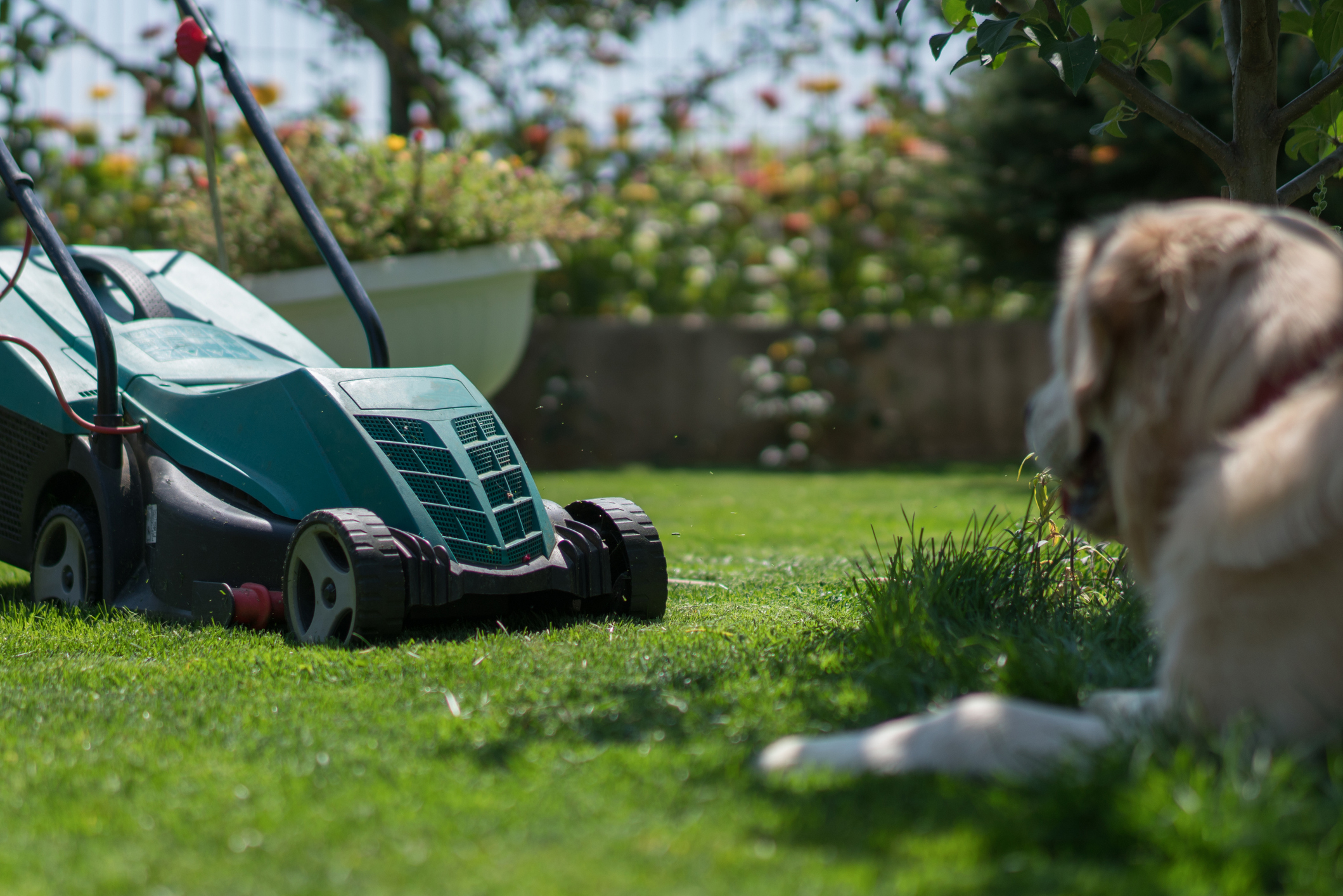
3. Teach a fun garden hide-and-seek game
Sit your dogs up on the patio or in the garden — your choice — then take some kibble (or whichever type of food you use) and sprinkle it in a hiding place. Then, give the dog the ‘fetch’ or ‘seek’ command to go to find the food. To ensure that you are not overfeeding your dog, subtract the amount of kibble from that which you give them every day anyway. For example, if you are feeding 100g of dry kibble a day, you can replace their two regular feed times in the morning and the evening, by using 20g each time to play five fun ‘seek your supper’ games with your dog throughout the day. Not only will they really enjoy this new way of eating, but it will also strengthen your bond and partnership with them, as they will soon realise that all the fun (and a coveted food reward) comes from you.
However, when the weather is really hot, always be careful not to overfeed or allow your dog to become overexcited. And, do note that — as with tips 1 and 2 — your dog should always complete these exercises in a calm, patient and focussed manner.
4. Use the garden to perfect your heel-work
Again, around the dog’s meal times or by using dry kibble in your hand, look at doing some heel work, both on and off the lead (as explained in our article on how to get your dog to walk to heel). For example, you could ask your dog to sit and wait while you weed one flower bed, then to walk to heel, off the lead, as you walk across the lawn to tackle another area.
Similarly, you could ask them to stay in one place by your vegetable patch, as you walk back and forth with seedlings from the greenhouse. The key is to start with small increments of time spent waiting, so your dog sees success, for which it is always rewarded, either with praise, a piece of kibble or by eating from its bowl.
5. Hone your dog’s recall on the lawn
Sit your dog in a particular area of the garden, recall them to your hand and ask him or her to sit in front of you. Do this on multiple occasions, as and when you are doing other jobs in the garden, but don’t reward them every time with the kibble. Remember, as far as your dog is concerned, a gentle touch of your hand or some calm, vocal, praise, is just as important as food. Then, once your dog (or dogs) have completed this perfectly numerous times, reward them with praise and some kibble.
My own dogs have learned that some praise and a loving touch or stroke of the head from me is as good as a kibble reward. This is important, as we haven’t always got a food reward at hand whilst out in the big, wide world. So, having something that the dog values equally, is a big advantage when recalling them away from distractions.
For more detailed advice about Ben Randall’s positive, reward-based and proven BG training methods, one-to-one training sessions, residential training or five-star dog-boarding at his BGHQ in Herefordshire, telephone 01531 670960 or visit www.ledburylodgekennels.co.uk. For a free seven-day trial of the Gundog app, which costs £24.99 a month or £249.99 a year, visit www.gundog.app/trial
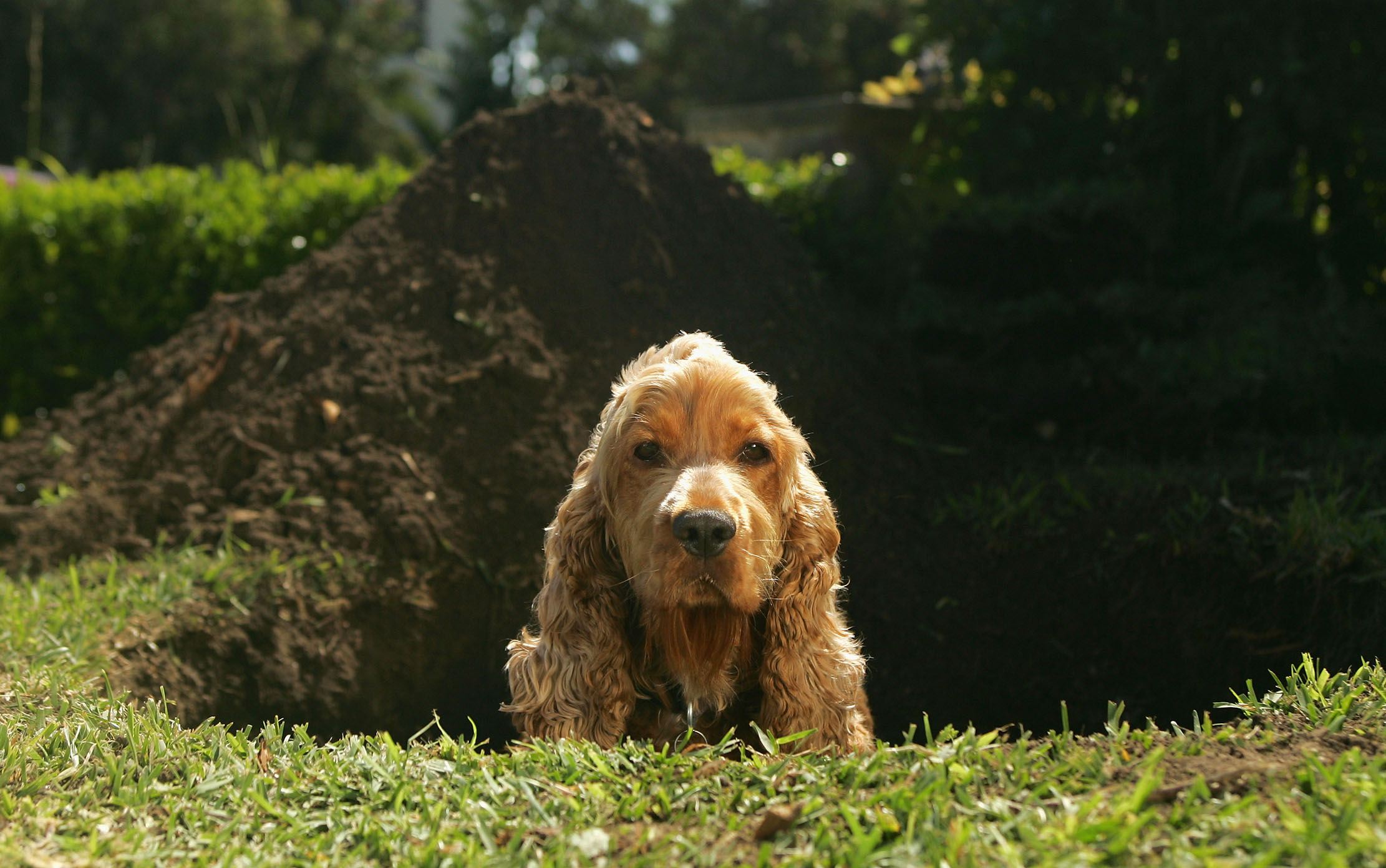
How to stop your dog digging up the garden
A dog’s enthusiasm for digging in the garden is not just hazardous for those prized petunias, but can be dangerous
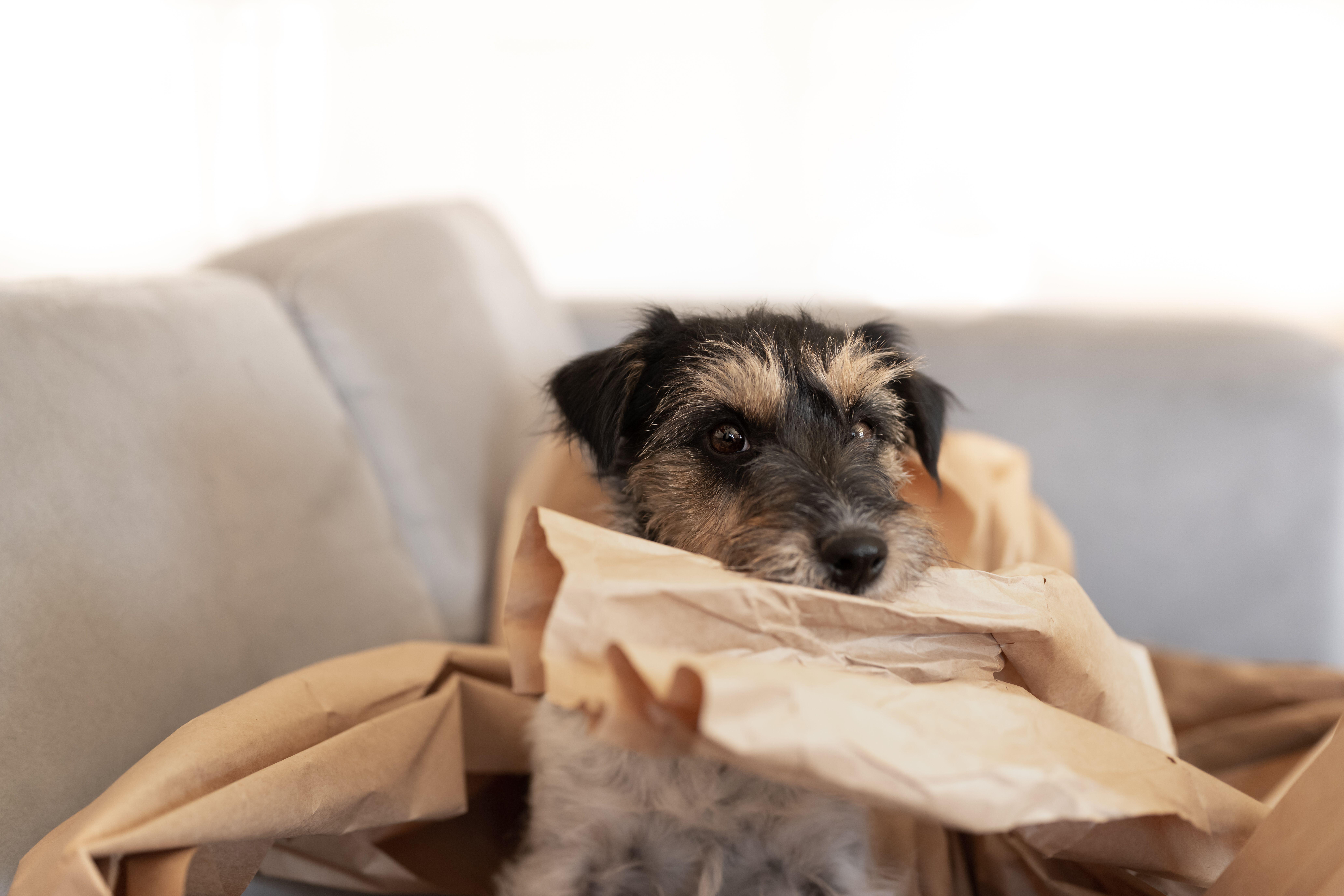
How to stop resource guarding in dogs, by Ben Randall
Resource guarding is common in dogs — but it can be solved. Award-winning dog trainer Ben Randall explains how as he
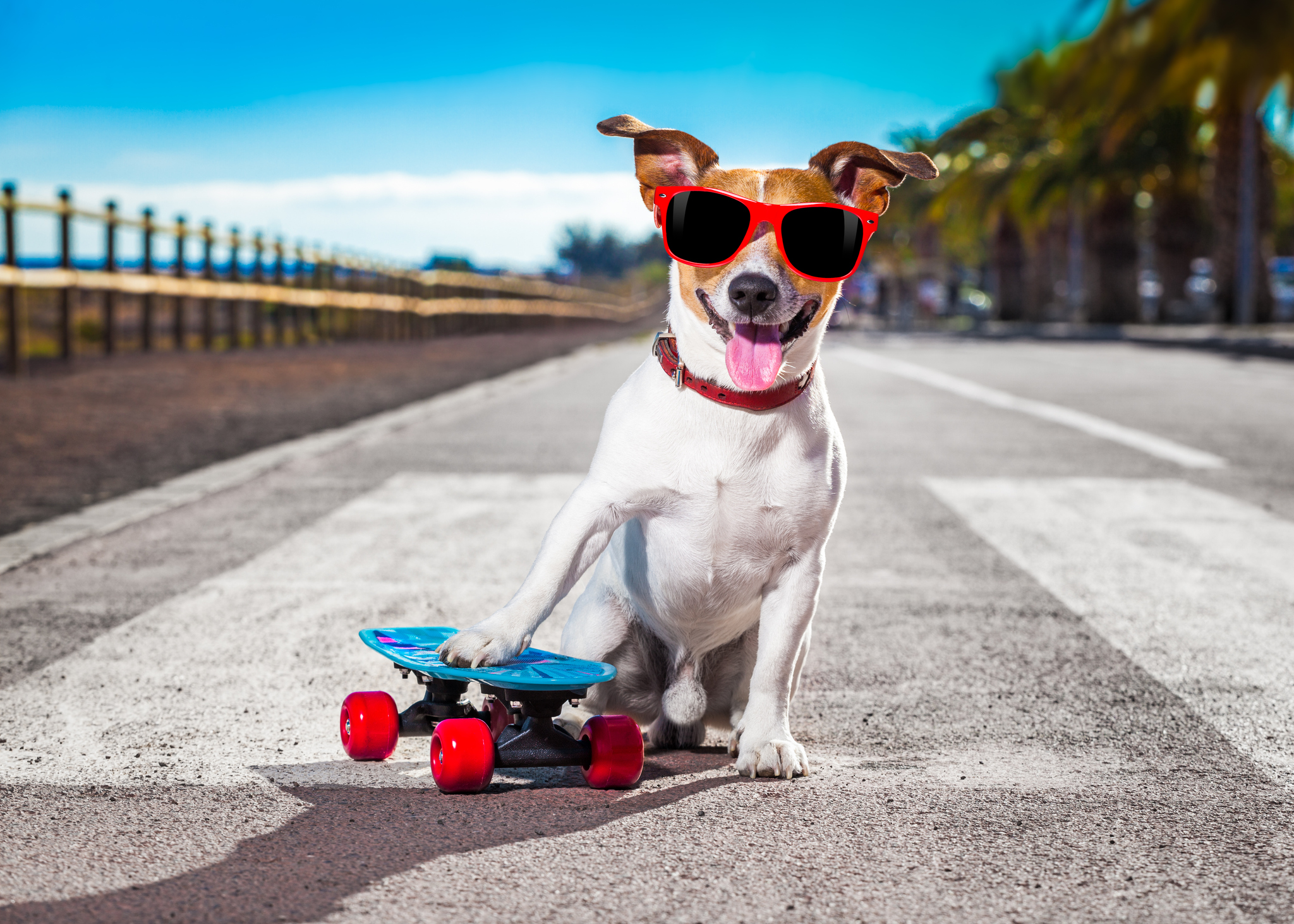
How to teach a dog tricks, by expert trainer Ben Randall
If you want to teach a few party tricks to your pup you'll need to tread carefully, explains Ben Randall.
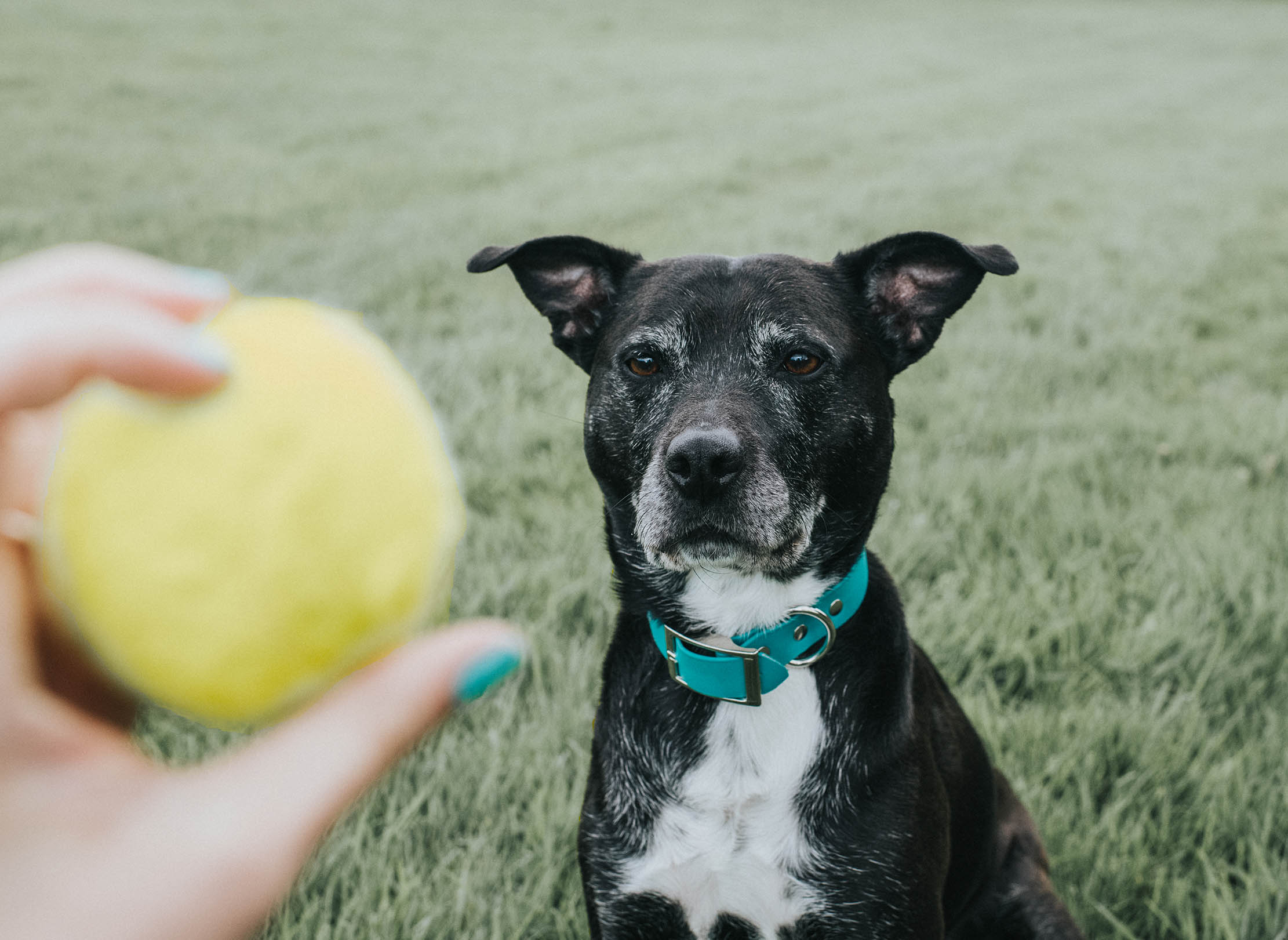
How to get your dog to play fetch, by expert trainer Ben Randall
There are plenty of dogs who'll run all day playing fetch, or who'll do anything for a bit of kibble.
